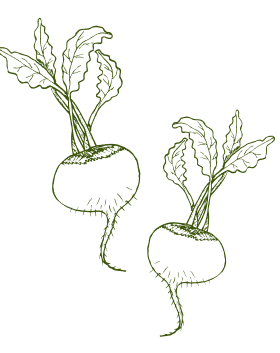This post contains Amazon affiliate links. As an Amazon Associate, I earn from qualifying purchases at no additional cost to you. This helps support my blog and allows me to continue creating content. Thank you for your support!
If you’ve ever tried to get a preschooler to sit still for more than five minutes, you know that gardening with kids isn’t exactly a quiet, peaceful affair. But that’s part of the magic! A children’s garden isn’t just a place to grow plants—it’s a world of dirt, discovery, and (let’s be honest) a little bit of chaos. As a mom and a preschool garden teacher, I can tell you firsthand that with a little planning, patience, and a good sense of humor, you can create a garden that will captivate little hands and imaginations. Here’s how to get started!

Step 1: Pick the Perfect Spot
Look for an area that gets at least 6 hours of sunlight a day but also has a little bit of shade—because kids are basically solar-powered but need to cool off every now and then. A space about 4×4 feet is ideal for younger children since it’s big enough to grow a variety of plants but small enough that it won’t overwhelm them (or you). Raised beds or container gardens are also great options if you don’t want to commit to digging up your yard.
Step 2: Make It Playful
A children’s garden should be more than just rows of plants; it should be a space for adventure! Here are some fun ways to incorporate play:
- A Fairy or Dinosaur Garden: Let kids plant small flowers and succulents alongside tiny figurines.
- A Sensory Path: Use stepping stones, wood chips, or soft grass to create a walking path through the garden.
- A Mud Kitchen: Set up a small area where kids can mix soil, water, and leaves into their “recipes.” Bonus: It keeps them occupied while you actually get some planting done.
- A Secret Hideaway: Grow a sunflower house or a bean teepee—kids love little hideouts, and you’ll love the magical feel it adds to the space.
Step 3: Choose Kid-Friendly Plants

Not all plants are created equal when it comes to tiny, impatient gardeners. You’ll want plants that sprout quickly, are easy to care for, and can handle a little rough love. Here are my top picks:
- Cherry Tomatoes – Quick-growing, fun to pick, and pop right in your mouth (after a quick wipe on your shirt, of course).
- Strawberries – Sweet rewards for little gardeners who learn to be patient.
- Radishes – Super fast growers (as little as 3 weeks!) and great for kids who like instant gratification.
- Nasturtiums – Pretty, edible, and almost impossible to kill.
- Snap Peas – Easy to grow and so fun to eat right off the vine.
Step 4: Engage Short Attention Spans

Let’s be real: kids have about a 30-second window before they’re off chasing a butterfly. Keep them engaged with these tricks:
- Give Them Ownership: Let each child have their own little section to plant whatever they want. Even if it’s a weird combination of lettuce, sunflowers, and a rock collection, they’ll be more invested.
- Make It Hands-On: Watering cans, child-sized tools, and their own little gloves make gardening feel special.
- Add a Weekly “Garden Job” Rotation: One week they’re the official “Worm Wrangler,” the next they’re the “Sprinkler Supervisor.” Titles make everything more exciting.
- Play Music: Some studies say plants grow better with music—whether it’s true or not, a dance break never hurts.
Step 5: Expect (and Embrace) the Mess
No matter how organized your plan is, kids will dig where they shouldn’t, step on plants, and turn watering into a water fight. Instead of fighting the chaos, embrace it. Keep a set of extra clothes nearby and remember that muddy hands are a sign of a good day.
Step 6: Celebrate the Harvest!

Once your little gardeners have nurtured their plants, make a big deal about harvesting. Try these fun ideas:
- Host a “Garden Feast” – Make a simple snack using what they’ve grown.
- Create a Nature Journal – Let kids draw pictures of what they planted and record what they observed.
- Share the Harvest – Have them proudly give a neighbor or friend some of their homegrown produce (bonus: it teaches generosity!).
Final Thoughts
Starting a children’s garden is about more than just growing plants—it’s about growing curiosity, patience, and a love for nature. It won’t always be neat, and it definitely won’t always be quiet, but I promise it will be full of moments that make the mess worthwhile. So grab a trowel, gather your tiny gardeners, and get planting!
Interested to find out more, follow along for more planting tips! @thekitchengardenplayschool









